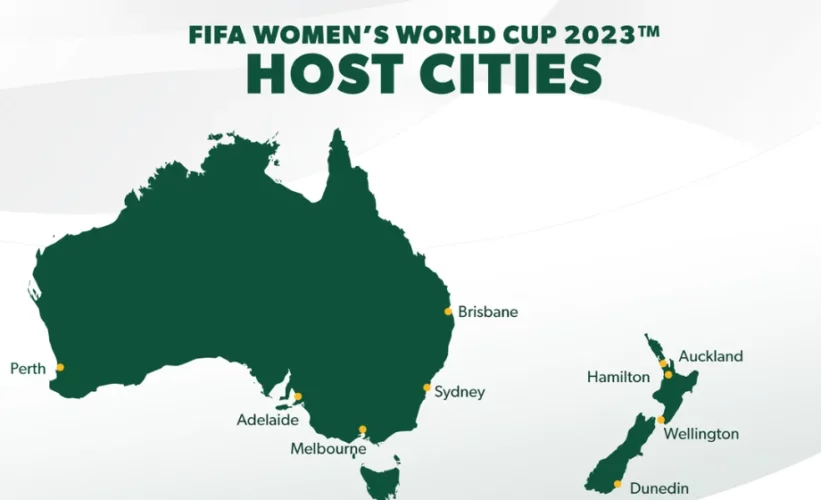In this article, we are able to delve into the selection technique hired by way of FIFA for determining the host countries’ locations of the FIFA Women’s World Cup. The FIFA Women’s World Cup is an internationally celebrated wearing occasion that showcases the prowess and skills of women footballers from around the arena.
Understanding the criteria and methodology at the back of deciding on the host international locations will provide insights into the choice-making system and the factors that contribute to the fulfilment of this prestigious tournament.
Overview of the FIFA Women’s World Cup

The FIFA Women’s World Cup is held every four years, bringing collectively national teams from diverse international locations to compete for the final prize in women’s football. The tournament has received monstrous recognition and has ended up as a platform for girl athletes to show their competencies on an international level. The occasion garners large media coverage and captures the eye of football lovers worldwide.
The Selection Process
- Bidding Phase
The first step in determining the host nations for the FIFA Women’s World Cup is the bidding section. FIFA invites involved member associations to post their bids to host the match. The bidding procedure is a comprehensive and competitive manner, making sure that capacity hosts meet positive criteria to ensure the success company of the event.
- Evaluation Criteria
FIFA employs a hard and fast of evaluation criteria to evaluate the suitability of capacity host nations. These standards embody diverse components, which include infrastructure, stadiums, lodging, transportation, protection, security, sustainability, legacy, and universal dedication to promoting women’s soccer. Every criterion incorporates good-sized weight in the choice-making method.
- Technical Evaluation Report
Following the bidding segment, FIFA conducts a radical technical assessment of each bid. Specialists from various fields, along with infrastructure, finance, and legal affairs, analyze the proposals submitted via the bidding nations. The technical evaluation report offers an in-depth assessment of every bid’s strengths and weaknesses, highlighting the areas that require improvement.
- Voting Process
The very last level entails a vote-casting system carried out by way of the FIFA Council. Council contributors forged their votes to determine the host nations for the upcoming women’s World Cup. Transparency and equity govern this method to make sure the choice is unbiased and reflective of the collective decision of the council participants.
Key Factors in Host Country Selection

Numerous key elements affect the choice of host international locations for the FIFA Women’s World Cup. Let’s discover these factors in detail:
- Infrastructure and Facilities
Host nations must possess ok infrastructure and centres to guide the event. This consists of having contemporary stadiums with suitable seating capacities, training facilities, accommodation alternatives for groups and officers, and transportation networks to facilitate easy motion for the duration of the tournament.
- Fan Base and Public Support
The passion and support of the local fan base play a critical function in the fulfilment of the event. Host international locations need to reveal a robust passion for Women’s football and showcase an extensive fan base eager to wait for matches and create a vibrant environment.
- Commitment to Women’s Football Development
FIFA places terrific emphasis on the improvement and promotion of women’s football. Capability host nations must show off their commitment to advancing the game, such as projects for grassroots development, Women’s football applications, and efforts to grow participation at all tiers.
- Legacy and Sustainability
The FIFA Women’s World Cup goal is to go away a lasting legacy past the event itself. Host nations are evaluated on their plans for put up-event sustainability, which includes repurposing stadiums and facilities, fostering persevered hobby in Women’s soccer, and leaving a positive effect on the area people.
Conclusion
The process of choosing host international locations for the FIFA Women’s World Cup includes a rigorous assessment of bids, technical checks, and a democratic balloting method. The selected host countries should demonstrate a robust dedication to women’s football.
Own the necessary infrastructure, and garner substantial aid from the local people. By way of information on the criteria and elements considered in the choice manner, we benefit from insights into the substantial preparations and concerns behind web hosting this global event.
Suggested Read: NBA: Good Chance Ex-Celtics Coach Doc Rivers Takes This Job




